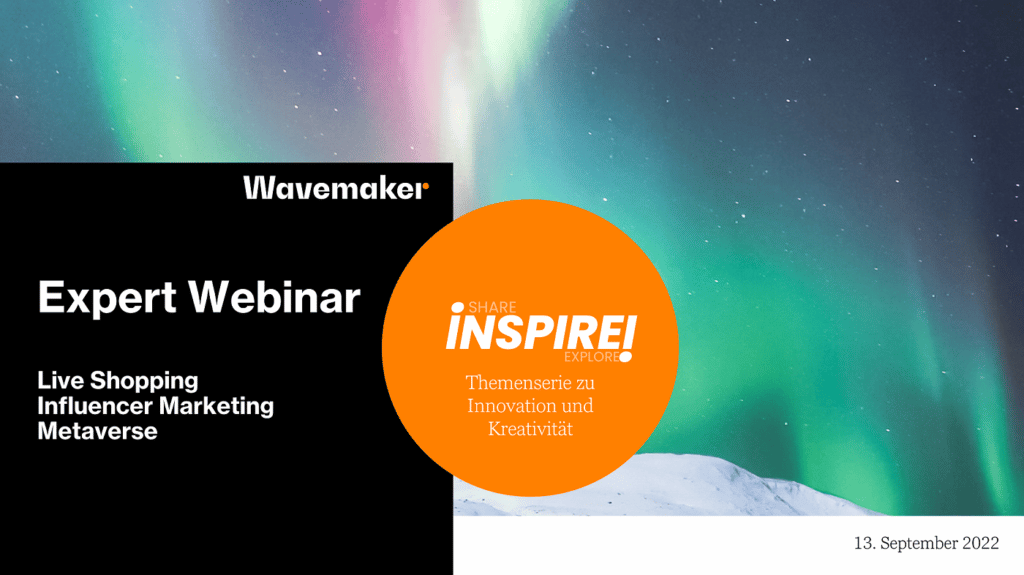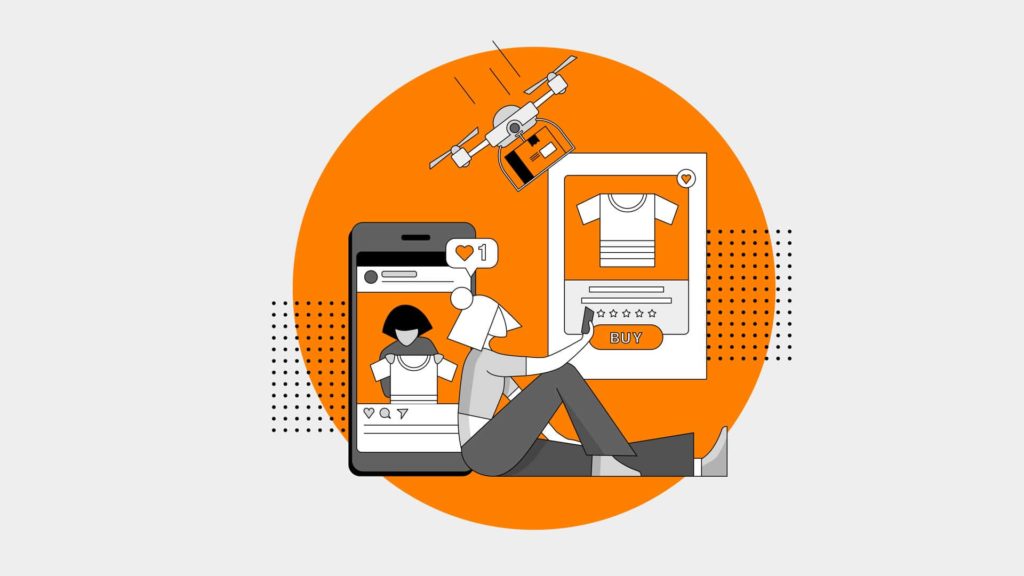Stuart Bowden, Global Chief Strategy Officer on how we can thrive by recognising what we’re good at, not glorifying the past.
Naturally, I will pay all readers of Campaign the compliment of assuming that you absorb every word that Malcolm Gladwell writes.
You’ll therefore be well aware that he recently analysed the best strategies for managers and owners of „weak link“ and „strong link“ sports teams when recruiting players.
Strangely, he didn’t directly mention the advertising and media industries in this context; but it’s OK, I’ll rectify this oversight now and explain why embracing our „weak link“ nature could be a wonderful thing.
„Weak link“ sports are those that, like football, have many opportunities for failure and few opportunities for decisive success.
Crunching the numbers reveals that investing in having 11 average players is a better strategy than splurging on a few superstars. The number of passes that have to be completed to achieve a shot on goal penalises weak links more than it rewards having the skills of a single superb striker.
Sports such as basketball are „strong link“ endeavours. Single superstars can change the game in an instant and score without needing support from the rest of the team.
Replica football shirts sales may be driven by big names, but hard results are delivered by consistently raising the floor, not endlessly thinking about raising the ceiling.
Marketing used to be a ’strong link‘ sport
There was a time when the marketing industry was unarguably a „strong link“ sport; when a galactico signing from one advertising agency to another would create headlines and alter the destiny of entire businesses.
A simpler time, when a single perfectly conceived scamp, knocked out by a genius before lunch, could launch a brand and rocket sales for years to come.
A glance at the recent, sumptuous 50th anniversary edition of Campaign shows the extent to which we would like to maintain this view of the world. The history of UK advertising is told through the stories of a handful of daredevil entrepreneurs and maverick creatives (and quite a few well-rewarded goal hangers).
As you may have noticed, there have been a few changes around here since 1968.
Measurement, for one. Precision marketing, for another. And the existence of more than just ITV, press and out-of-home for a third. And – oh, hang on – the internet.
The opportunity for failure, frustration and looking like the right hand of the brand doesn’t know what the left hand of conversion is doing is now ever present.
David Ogilvy will never know the icy thrill of learning that his pre-roll has been incorrectly tagged or the sheer euphoria of having a custom algorithm correctly automating his out-of-hours bidding.
Getting audiences planned and campaigns to go live and optimised is now a logistical challenge to match either invading Russia or delivering a home win for Crystal Palace.
For either to be successful, you need hundreds of people to not make a mistake before your creative striker has an opportunity to stick it in the old onion bag.
Only the hottest of creative shops maintain the „strong link“ practice in our industry.
How to be strong at playing a ‚weak link‘ sport
The collective refusal of most agencies to see themselves for the „weak link“ businesses that they have become can lead to mistakes in how we manage them. Mistakes in how and who we recruit, how we recognise and reward people and how we talk about our promise to clients.
It means we pay too little attention and money to the people who are essential to our team being able to perform.
We seem content to let them churn at rates of close to 30% and then wonder why we can’t get the consistent supply of insights, data and execution that our star players need to be able to perform at their best.
In pitches, we compete to sell our strongest players – who often have no intention, or time, to come off the bench for anyone less than the largest clients in the agency.
We seldom think of celebrating the effort we put into building and maintaining a planning, buying and learning machine that takes as many people to correctly operate as a reasonably sized warship.
We too easily talk about the management of this complexity as „hygiene“ in a way that misunderstands its importance to clients, for many of whom consistent results are at least as important as Cannes.
We assume that every chief marketing officer we meet wants to be sold the dream of winning the Champions League; many want to just stay up and keep winning more than they lose.
When agency leaders buy into the „strong link“ theory, we often behave like the start-ups that we aren’t.
Delivering growth to clients means embracing the harder management task of locking together an ever-widening strand of weak links and finding ways to make them more valuable than the sum of their parts.
We should be willing to share with clients the difficult, frustrating and wonderful mundanity of how we work at our best, how the machine operates, the way the sausage is made.
They might surprise us with their genuine interest in how we make sure we do the right thing to carefully grow their business and we might surprise ourselves with the satisfaction we get in playing a game we can win.
This article originally appeared in Campaign







